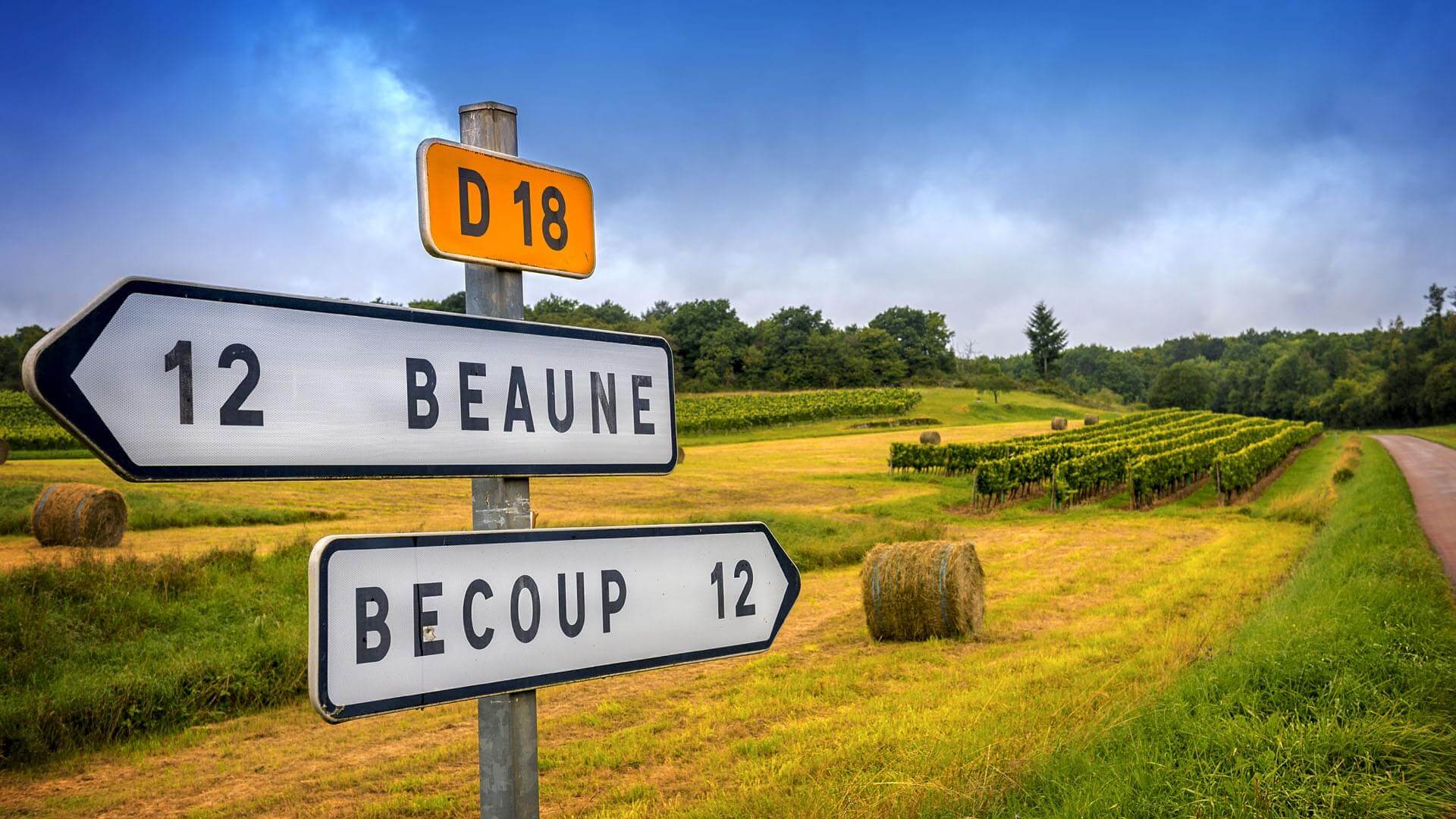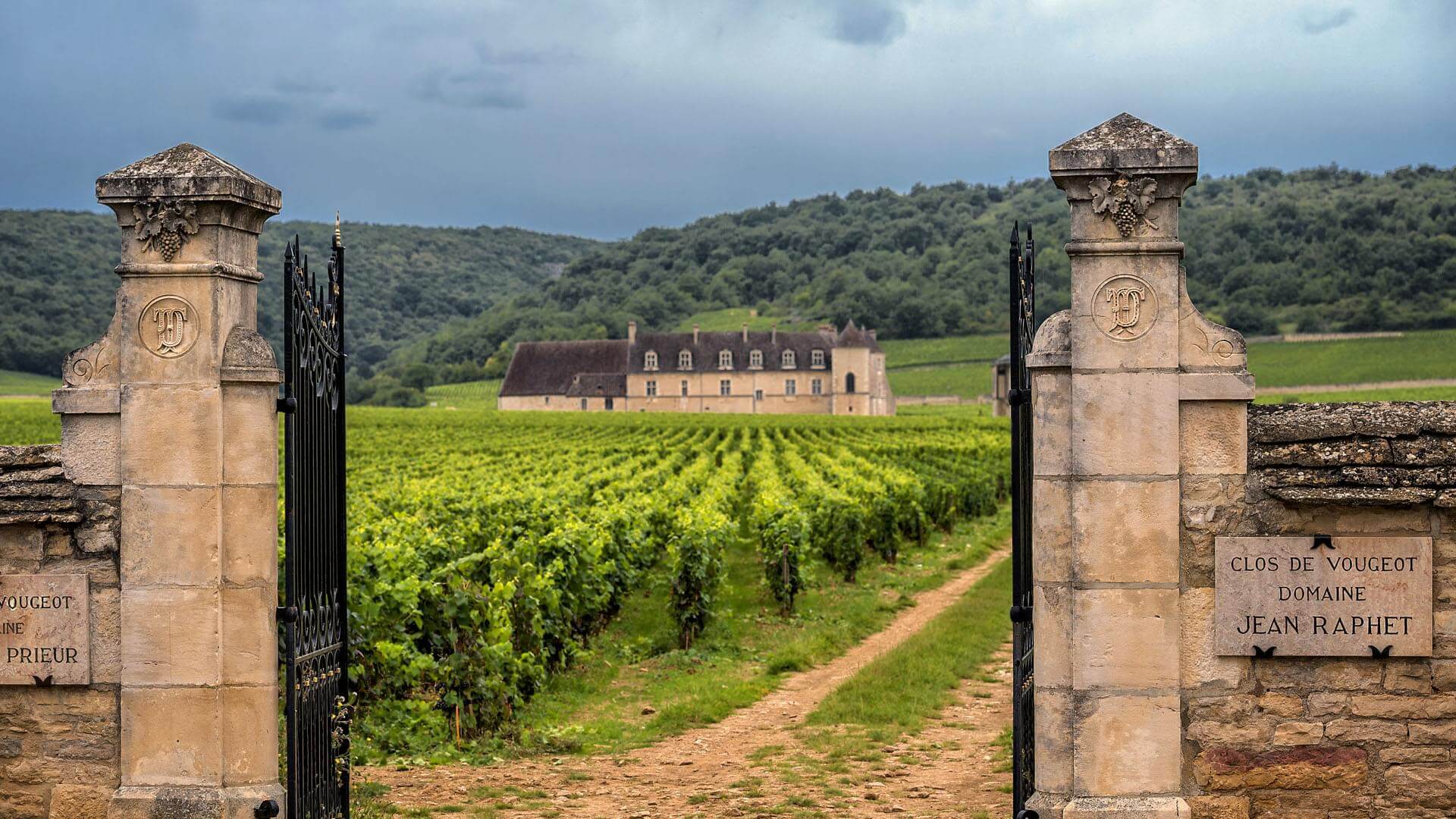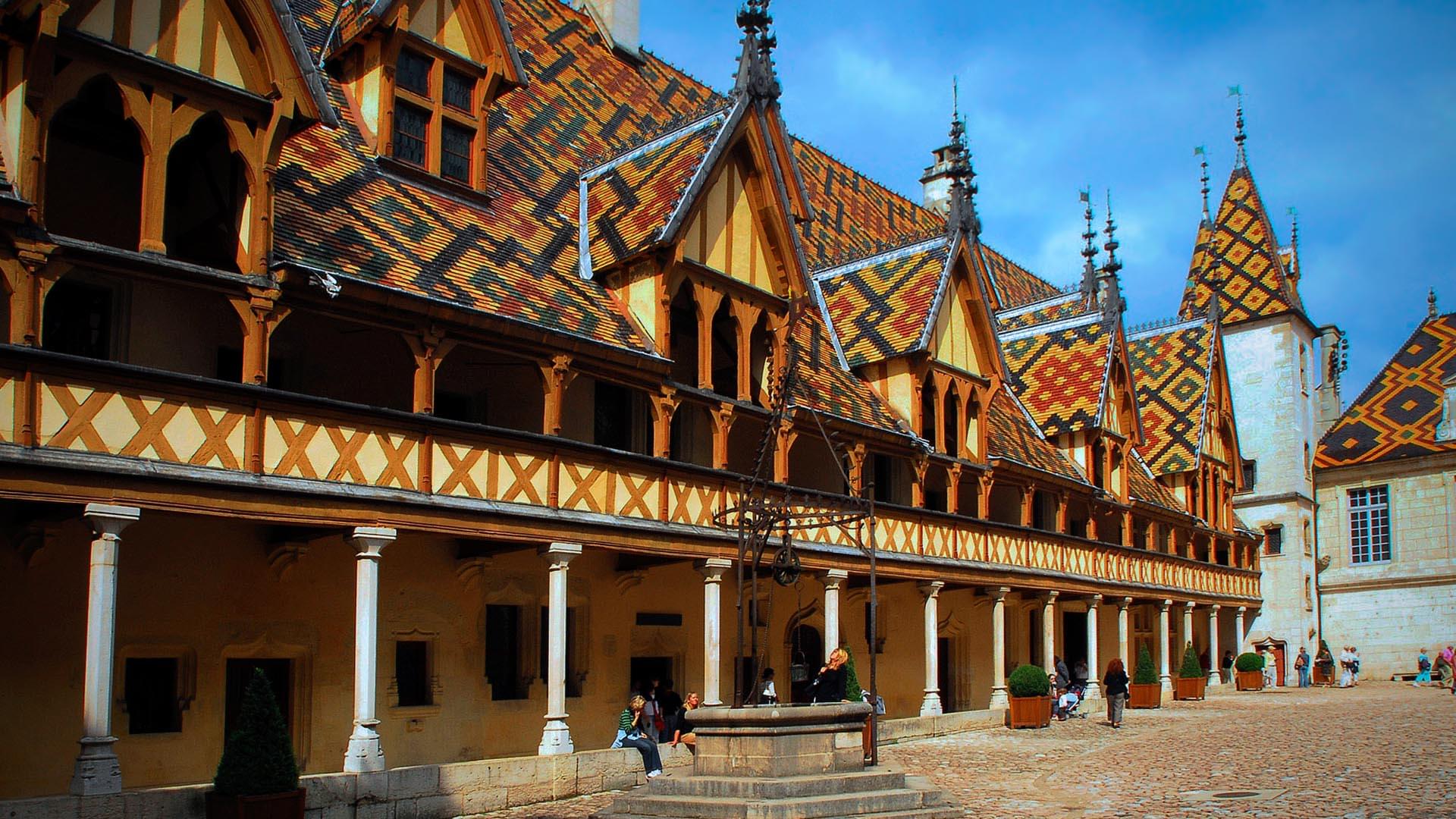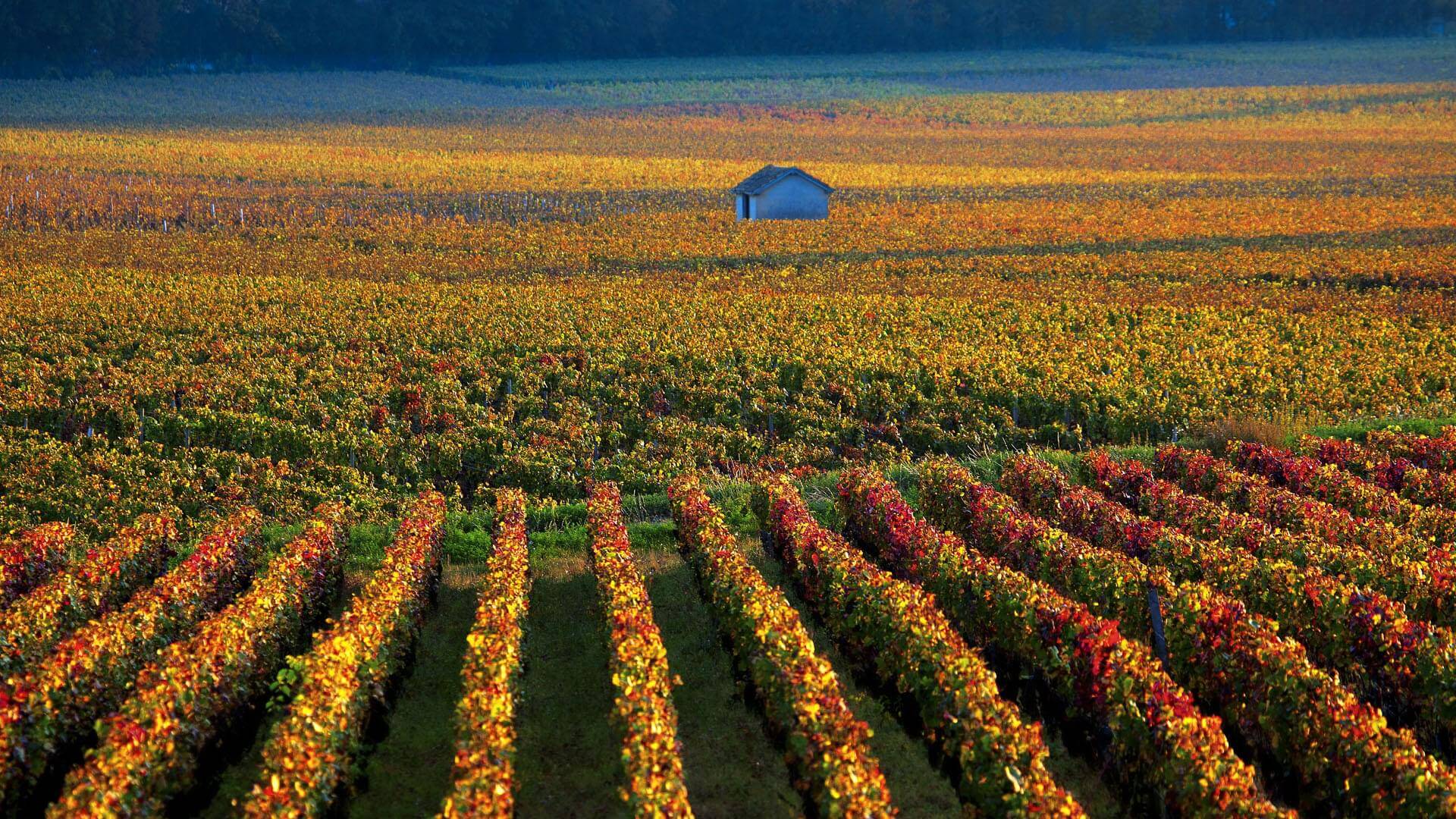The wine of monks
Burgundy is the oldest and perhaps the most interesting wine region in the world. It’s the wine Mecca that gathers connoisseurs from all over the world – a place where they can uncork a bottle of the famous Burgundy that has never left the cellar. Local restaurants provide decent dishes to accompany the tastings, fit for most meticulous of tastes.


The name Burgundy comes from the Germanic tribe of Burgundians. Archeological evidence states that viniculture began in Burgundy in the beginning of the 2nd century A.D. The monks of the Roman Catholic Church, as well as the Benedictines and Cistercians who came later were a big influence on the future history of Burgundy wine. In time, they noticed that the same grape variety in the same year gave completely different wines on the different vineyards. That was when the idea of terroir started to form.
Terroir is the unique set of environmental factors, soil, amount of rainfall, exposition, relief, biological medium, altitude. Terroir also means the mineralogical compound, the soil waters composition and depth in the specific place where the grapes are grown. It can affect both a tiny piece of land and quite a big vineyard. Terroir is the key to all wines. It influences the taste, the potential, the balance, the body, the structure and the style of wine.
In the 14th century Philip II the Bold, Duke of Burgundy, declared war on the Gamay grape that was widespread in the region and favoured by the growers because it was so easy to cultivate and required practically no tending to. Thanks to the Duke’s influence, Pinot noir became the new favourite, while Gamay moved to another Burgundy region – Beaujolais.
In the post-WWII era when the unkempt vineyards had to be taken care of some fatal mistakes were made. The winemakers started abusing the chemical fertilisers with high amounts of potassium. The soils had depleted, lost its individuality, and the natural nutrients stopped influencing the character of wine.
In the 1980s the rise of bio– and organic winemaking began which cleared the vineyards from the chemicals and helped raise the quality of wine, building up its potential and complexity.


The official capital of Burgundy is the city of Dijon – home to some interesting restaurants, as well as the birthplace of the famous mustard. But the actual wine capital is Beaune – the medieval ducal residence. This town which was founded by Celts is surrounded by some of the most valued vineyards in the world. The giant, truly old cellars hold great wine treasures.
The main grape variety in Burgundy is Pinot noir – a thin-skinned grape that is quite hard to cultivate. Wines made from it are some of the most refined wines in the world. Besides Pinot noir, Burgundy also gives great wines made from Chardonnay. And even though the King’s Musketeers, sneering at the Anjou, actually drank completely different wines, they were correct about one thing – and we’ll agree with them there. If you have a choice, always demand: “Burgundy!”
But remember that despite all the grandeur and variety of the regional winemaking, you can’t go just by the name Bourgogne on the label. Simply buying a bottle from Burgundy doesn’t automatically guarantee you get good wine. It’s important to know the growers of True Wine. So leave marketing aside and join us on our quest!
Wines
- Montrachet Marquis de Laguiche-Joseph Drouhin
- Richebourg -Jean Grivot
- Richebourg -Anne-François Gros
- Bienvenues-Batard-Montrachet -Leflaive
- Corton-Renardes-Leroy
- Le Richebourg -Anne Gros
- Romanee-Saint-Vivant -Hudelot-Noellat
- Clos de la Roche -Dujac
- Corton -Pierre Morey Maison Morey-Blanc
- Musigny Grand Сru-Joseph Drouhin
- Batard-Montrachet -Joseph Drouhin
- Chambolle-Musigny La Combe d’Orveau 1er-Jean Grivot
- La Tache-Romanee-Conti
- Vosne-Romanee 1er Clos de Reas-Michel Gros
- La Grande Rue -Francois Lamarche
- Romanee-Conti-Romanee-Conti
- Chambolle-Musigny 1er Les Charmes-Leroy
- Chambolle-Musigny La Combe d'Orveau 1er-Anne Gros
- Chambolle-Musigny 1er Les Sentiers-Стэфан Манье
- Charmes-Chambertin -Dujac
- La Romanee -Comte Liger-Belair
- Beaune Clos des Mouches-Joseph Drouhin
- Vosne-Romanée Les Pasquiers-Anne Gros
- Vosne-Romanée La Fontaine 1er-Anne-François Gros
- Vosne-Romanee-Francois Lamarche
- Gevrey Chambertin 1er Сru Aux Combottes-Dujac
- Chablis-de Vaudon
- Morey-St-Denis 1er Monts Luisants-Dujac
- Morey-St-Denis-Dujac
- and 19 more wines...
Producers
- Domaine Jean Grivot
- Domaine Anne-François Gros
- Domaine Leflaive
- Domaine Anne Gros
- Domaine Leroy
- Domaine Michel Gros
- Domaine Pierre Morey Maison Morey-Blanc
- Domaine de la Romanee-Conti
- Domaine Dujac
- Domaine Hudelot-Noellat
- Domaine Francois Lamarche
- Domaine du Comte Liger-Belair
- Joseph Drouhin
- Домен Стэфан Манье
- Domaine de Vaudon
- and 5 more producers...
Articles
The Empire Strikes Back
Long ago, in a galaxy far, far away the Star Wars raged… well, maybe not that long ago, and the galaxy was not that far… but that’s completely unrelated – we have a very different story!


0 Comments